Why giving is not like investing 4
Why giving is not like investing
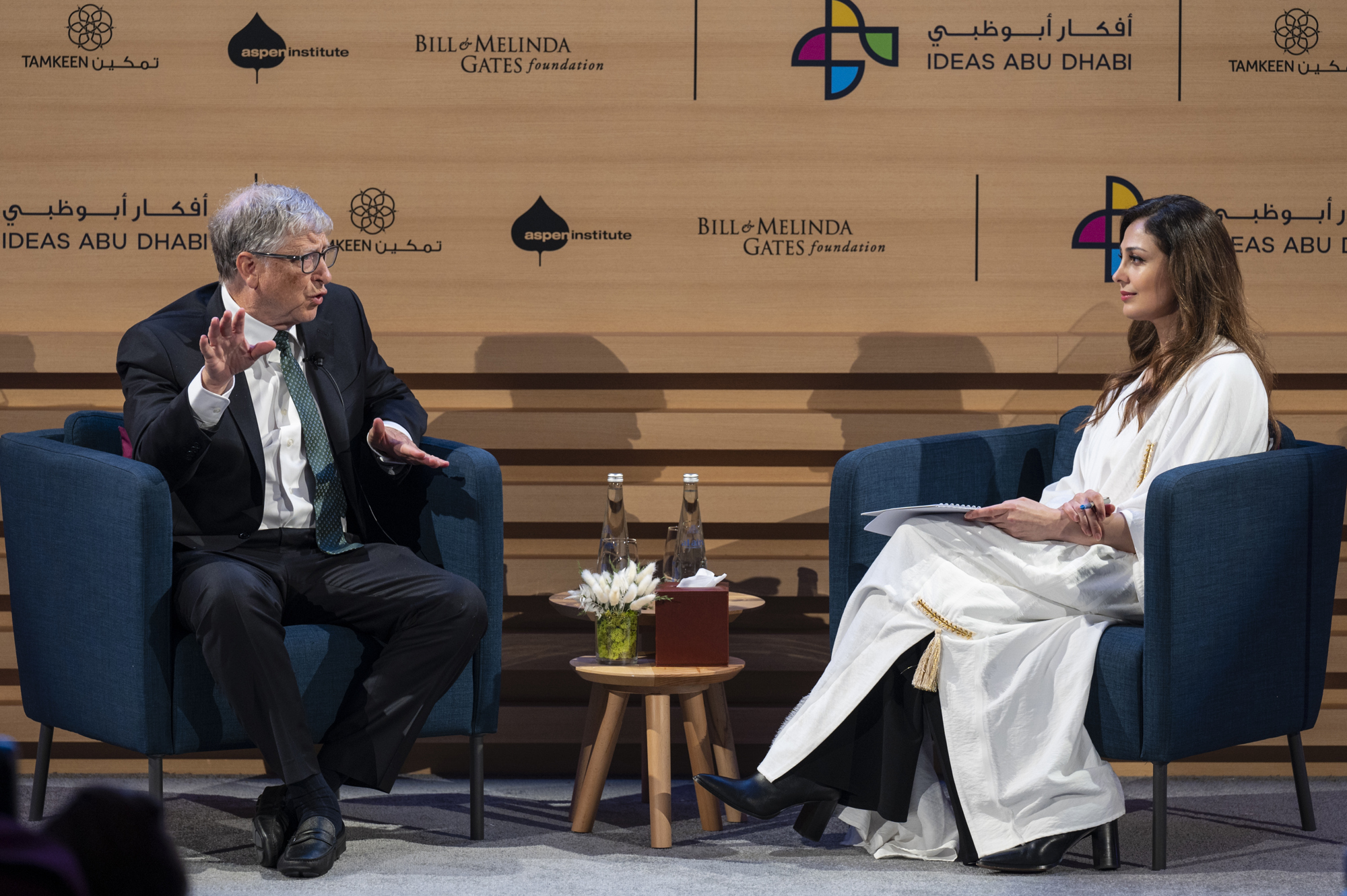

The challenges that nonprofits take on — hunger, disease, climate change, armed conflict, racial injustice, gender inequality, and human rights abuses, to list just a few — are amongst the toughest that societies face. The odds often seem insurmountable, particularly when you compare the scale of the challenge to the resources at hand.
At the Freedom Fund, a nine-year-old global fund that aims to end modern slavery, one could argue that our ambition far outweighs our budget of US$27m and staff of under 100. We’re trying to tackle a severe violation of human rights that afflicts an estimated 50 million people globally and generates hundreds of billions in illicit profits every year. In order to make progress, we’ve had to think differently about achieving scale.
In the early days, I spent a great deal of my time pitching potential donors on the concept of the Freedom Fund and asking them for the initial investments that would allow us to move from an idea to an organisation. I shared our mission to tackle slavery and the way we planned to achieve it: raising philanthropic capital, investing it in concentrated clusters of grassroots organisations, working with partners to both prevent and tackle modern slavery, and generating data and evidence about what works best to reduce its prevalence.
Many donors rightly jumped right to asking about scale. They wanted to know how we could possibly have a measurable impact given that tens of millions of people were victims of extreme exploitation.
Some presumed that our goal, were we to be effective, would be to fund as many organizations in as many corners of the world as possible. Others, especially those with a finance industry mindset, insisted the greatest impact would come from finding a small number of high-performing organisations and funding them to scale massively.
They were not necessarily sold on our approach of long-term, steady investment and close accompaniment of clusters of small, locally-led groups. “I don’t think your model will work,” one hedge fund billionaire told me point-blank over dinner.
But we must have done something right, because enough of these philanthropists, the hedge fund billionaire among them, were willing to swallow their scepticism enough to write multi-million-dollar cheques.
The challenges philanthropy addresses are complicated and interdependent.
Private capital and resources are increasingly being used to tackle global challenges through targeted philanthropy and investment-based approaches. Impact investment allows capital to be utilised as a force for transformative change - going well beyond what is usually achieved through traditional models of development aid or philanthropy.
Two decades into the twenty-first century, we are about to witness the largest-ever intergenerational transfer of wealth from the baby boomers (born in the aftermath of the Second World War) now concerned with their legacy, to the increasingly socially-conscious Gen-Xers and millennials.
And, alongside the environmental and social sensibilities of the next generation of capital holders, there is a clear commitment to measure, understand, and improve impact.
For this constituency, effective Impact Measurement and Management (IMM) is an essential ingredient giving legitimacy and accountability to philanthropic and impact investment initiatives.
The reason we measure impact is simple: we want to know whether something works – or not - and in both cases, to further understand why. It is also about finding evidence that an organisation or business is achieving its stated mission as predicted in a Theory of Change (ToC).
A ToC describes an entity’s intended impact by outlining short, medium, and long-term outcomes and how they relate to the organisation’s impact objectives, with the outcomes explaining the activities required at each stage to achieve the intended impact objective
Once an organisation or business has this information, it can better understand where committed funding generates the most impact, communicate this information to stakeholders, and improve credibility among partners and networks.
"The challenges philanthropy addresses are complicated and interdependent."Name Name
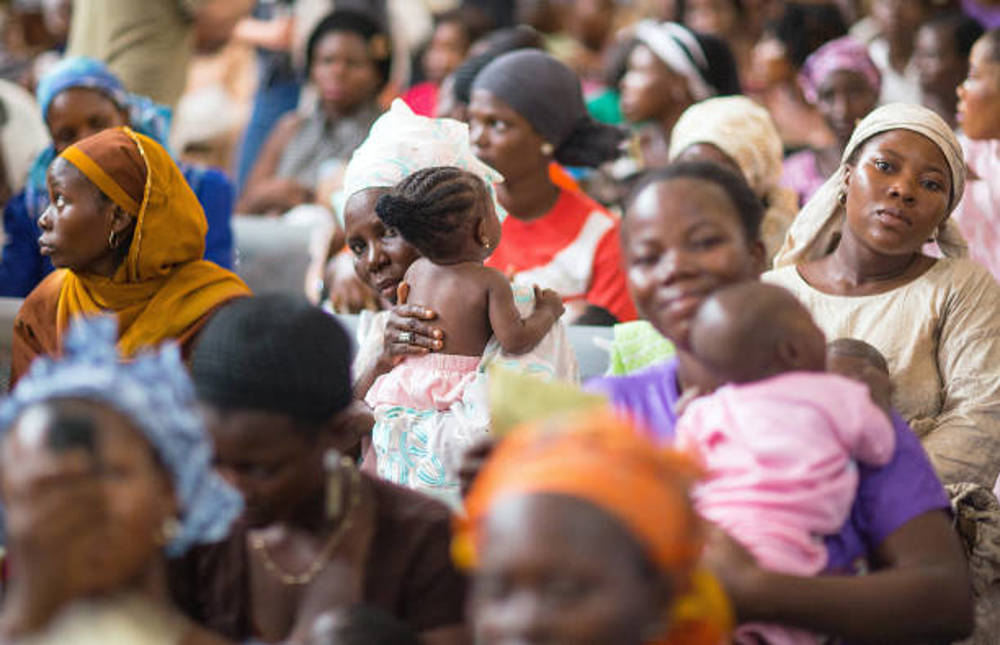
The challenges that nonprofits take on — hunger, disease, climate change, armed conflict, racial injustice, gender inequality, and human rights abuses, to list just a few — are amongst the toughest that societies face. The odds often seem insurmountable, particularly when you compare the scale of the challenge to the resources at hand.
At the Freedom Fund, a nine-year-old global fund that aims to end modern slavery, one could argue that our ambition far outweighs our budget of US$27m and staff of under 100. We’re trying to tackle a severe violation of human rights that afflicts an estimated 50 million people globally and generates hundreds of billions in illicit profits every year. In order to make progress, we’ve had to think differently about achieving scale.
In the early days, I spent a great deal of my time pitching potential donors on the concept of the Freedom Fund and asking them for the initial investments that would allow us to move from an idea to an organisation. I shared our mission to tackle slavery and the way we planned to achieve it: raising philanthropic capital, investing it in concentrated clusters of grassroots organisations, working with partners to both prevent and tackle modern slavery, and generating data and evidence about what works best to reduce its prevalence.
Many donors rightly jumped right to asking about scale. They wanted to know how we could possibly have a measurable impact given that tens of millions of people were victims of extreme exploitation.
Some presumed that our goal, were we to be effective, would be to fund as many organizations in as many corners of the world as possible. Others, especially those with a finance industry mindset, insisted the greatest impact would come from finding a small number of high-performing organisations and funding them to scale massively.
They were not necessarily sold on our approach of long-term, steady investment and close accompaniment of clusters of small, locally-led groups. “I don’t think your model will work,” one hedge fund billionaire told me point-blank over dinner.
But we must have done something right, because enough of these philanthropists, the hedge fund billionaire among them, were willing to swallow their scepticism enough to write multi-million-dollar cheques.

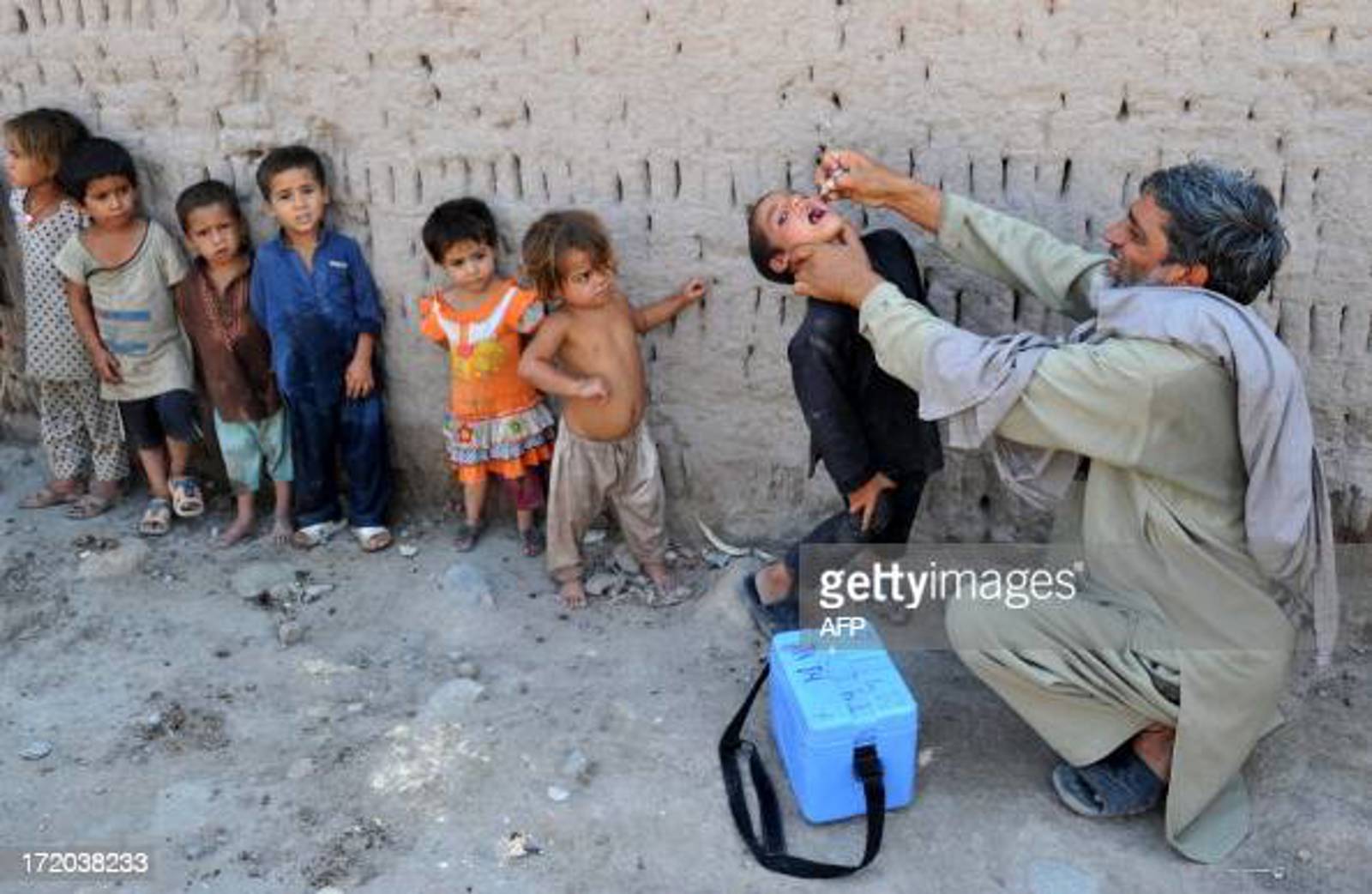
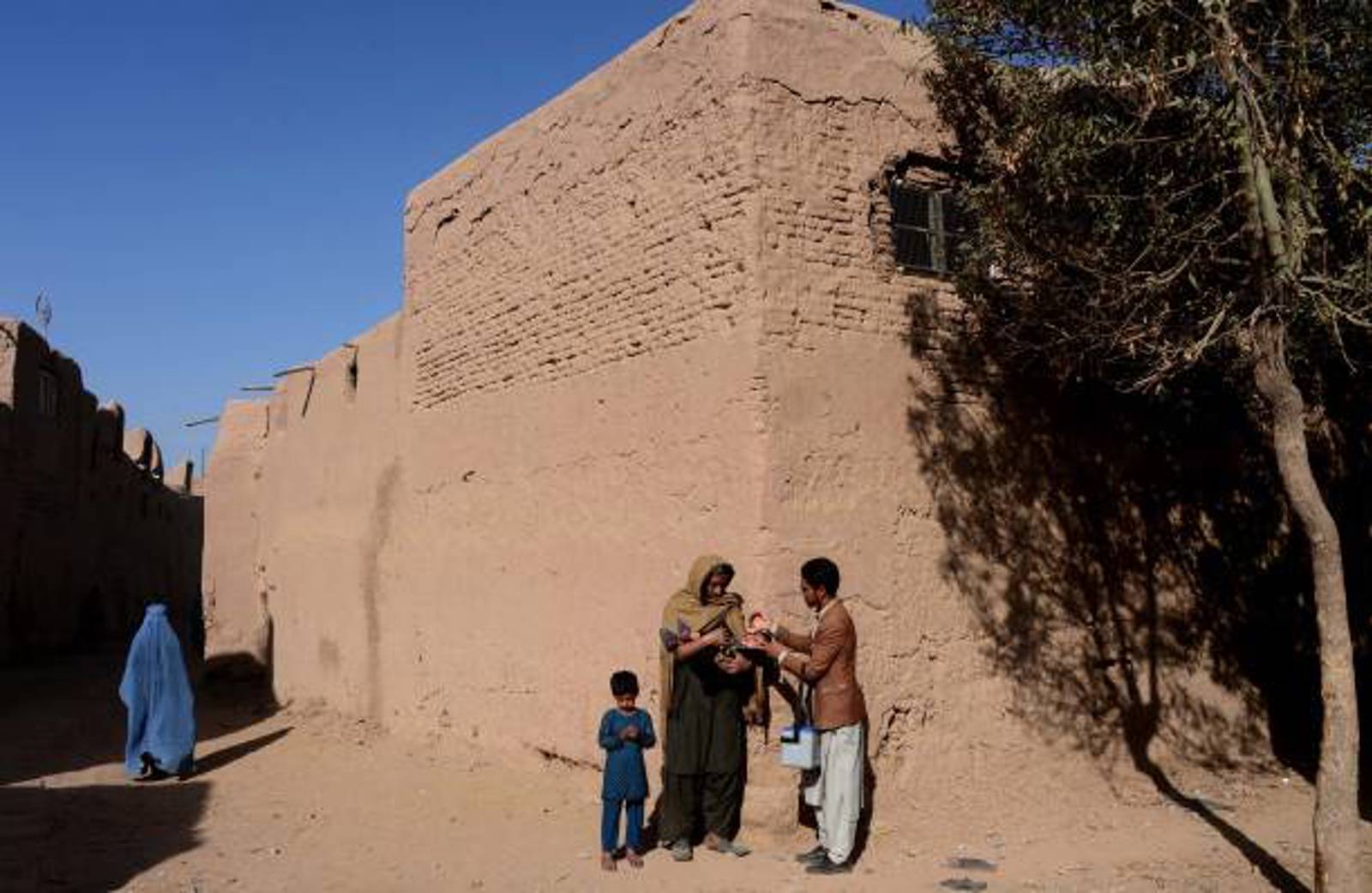

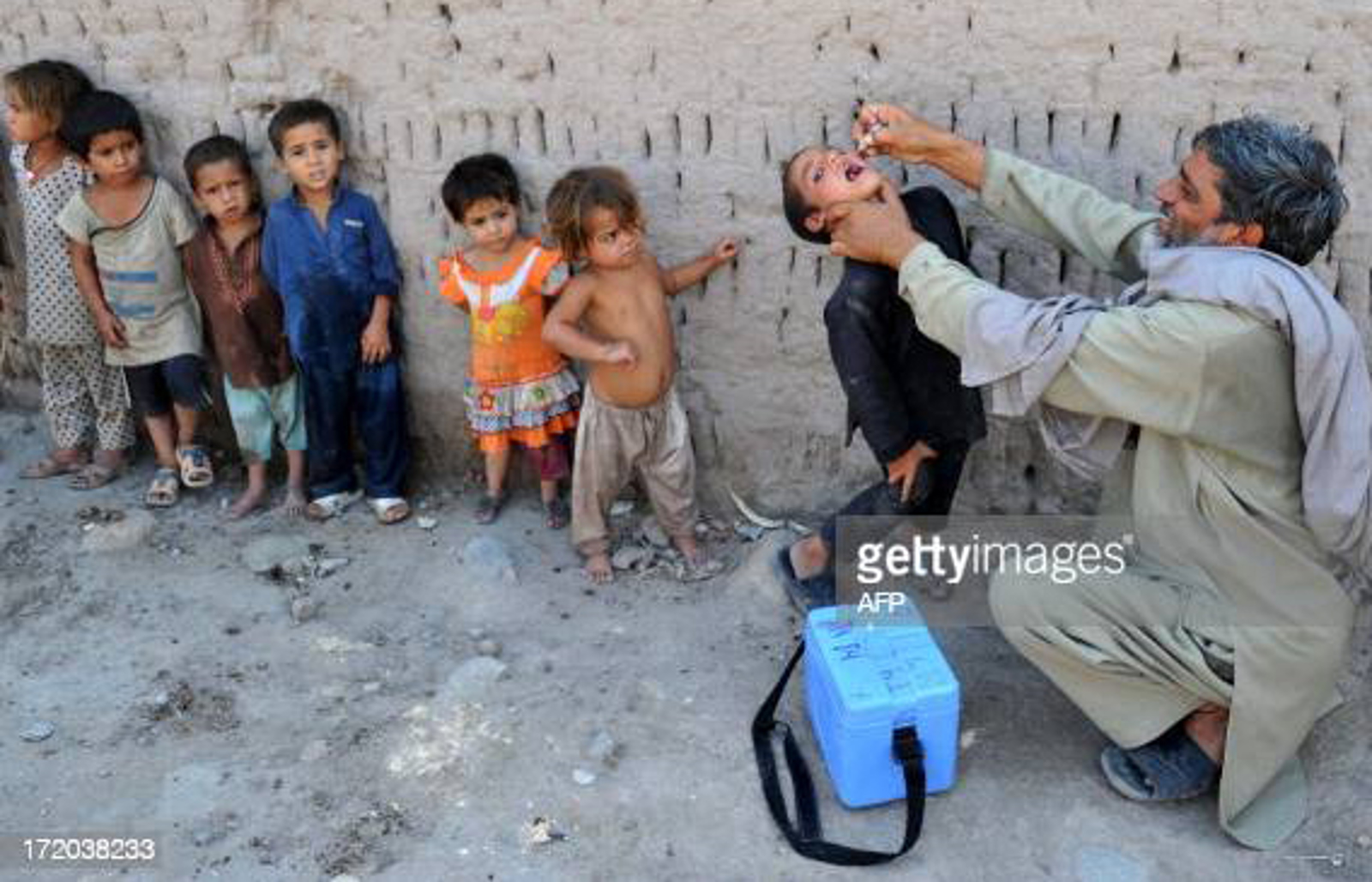
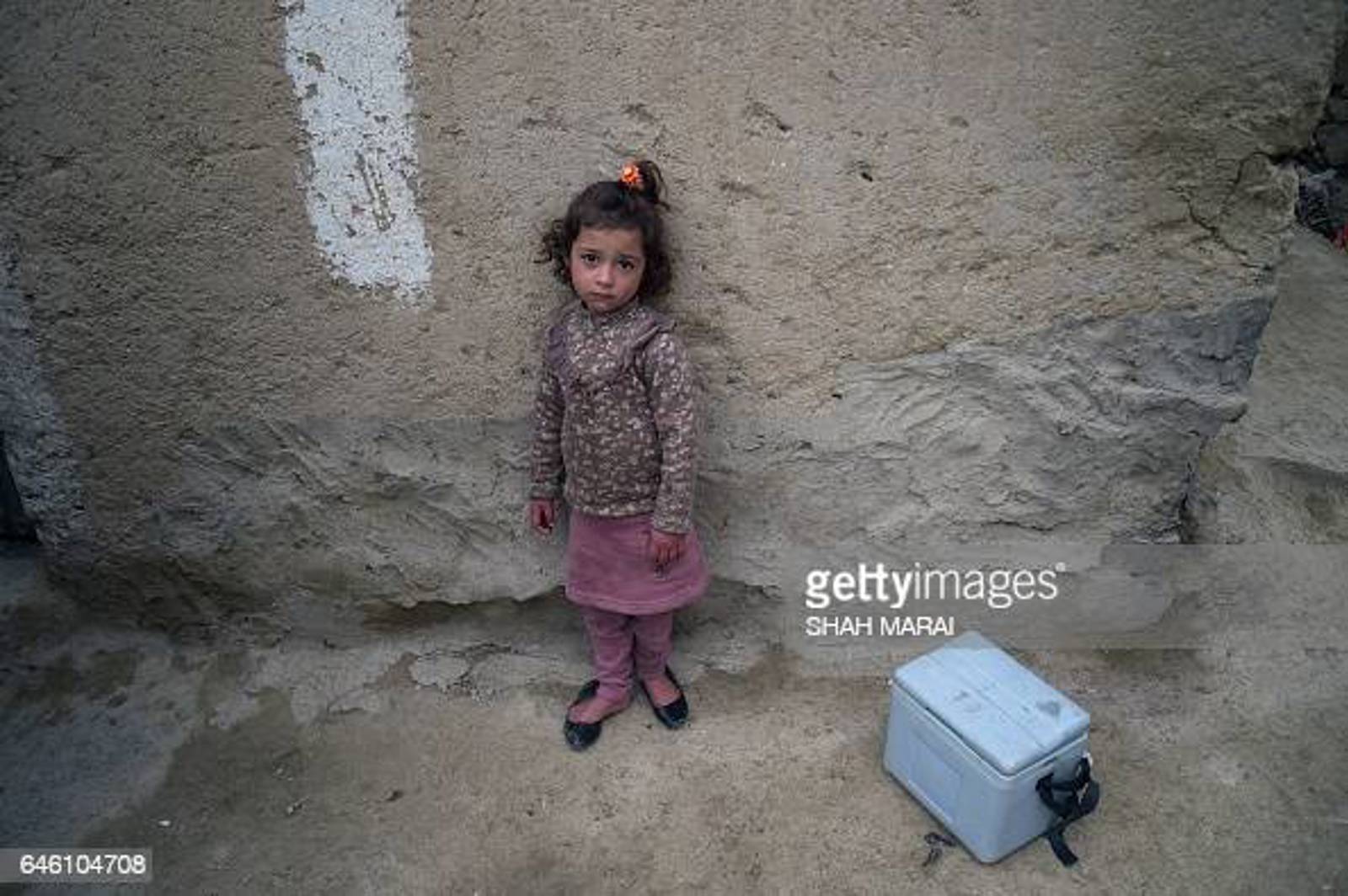
STIMULATING INNOVATION: TRANSLATING RESEARCH INTO PRACTICE
A funder with an interest in helping adolescent girls develop self-esteem began to explore potential strategies. After discussing the issue with experts and youth program leaders, she identified a significant gap between recent research on needs of adolescent girls and the operations of many youth programmes. Based on this research, the donor issued an RFP to seed the development of innovative programme models. Over the next three years, the donor invested $3m in ten new programs designed to translate research into practice in this field. At the end of the grant period, most of these programmes demonstrated significant progress and several have attracted new funding sources to support their continued operation. Network, and Self Help Credit Union.
It's a good idea to use a strong password that you're not using elsewhere.
Remember password? Login here
Our content is free but you need to subscribe to unlock full access to our site.
Already subscribed? Login here
Sign in to access all of our content and resources.
Not subscribed? Register here. Forgotten your password? Reset here
Simply provide your email, and we'll send you a link to reset your password.
Remember password? Login here